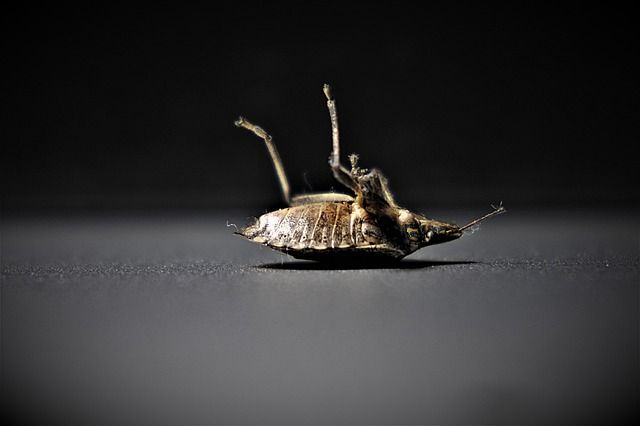Chagas Disease in Mexico: The Transmission and Distribution
Mexico is the country with the highest number of vectors that transmit Chagas disease. It is a silent disease that causes, in low-income people in rural areas, inflammation of a single eyelid, fever, and heart failure. April 14, World Chagas Disease Day.





